Venture capitalists, inventors and get-rich-quick schemers scrambled to transform the stretchy, waterproof material into useful goods and garments. Goodyear hit pay dirt first, in 1839. By slow-cooking latex with sulfur, he finally discovered a process to transform rubber into a durable material with nearly limitless applications. Interestingly, rubber bands are not ancient inventions. They are treated surgically. What Are the Best Women’s Walking Shoes for Travel? South American Indians discovered that latex, left to evaporate, produced a pliable, flexible material that could be shaped into balls, applied to cloaks and fashioned into shoes and bottles. Later in 2020, Www.Deviantart.com demand in the United States and within Mexico increased at a time when American retail prices continued to rise. By the time Priestley died in 1804, his so-called “rubber” was in high demand all over the world. As a noun (not to be confused with the adjective meaning springy or resilient), elastic refers to any textile — cord, tape or fabric — woven with strips of natural or synthetic rubber. Today, automated looms handle the weaving process, though the results are the same: a stretchy fabric that can be incorporated into an array of garments.
When you do the same with an elastic waistband, you touch fabric. Really, though, when so much of the joy of fashion is in dressing up, could we really have the same emotional connection with something that doesn’t even exist? The tactile experience of running your fingers over a satin dress is what makes it so joyous. And the girdle, like the famous Playtex brands of the 1950s, ’60s and ’70s, owes much to a late-19th-century craze during which manufacturers across the world tried to make a fortune with a staggering variety of stretchy garments including corsets, garters, https://Www.connect.lv socks, hernial bandages and chastity belts. Cut into any of these stretchable items, and you’ll find one common element: fine rubber threads or thick rubber bands just like the ones you use in your office or kitchen. Like the waistbands that contain them, rubber bands are a snappy, modern success story. Like paper clips and zippers, we simply expect it to work without ever wondering what it is, how it’s made or what people did before it existed. It’s like a rubber band, but not. When you put your hands on a rubber band, you touch, well, raw rubber.
Eventually, a few pieces ended up in the hands of Thomas Hancock, who reverse-engineered Goodyear’s sulfur-based manufacturing technique. The other was Thomas Hancock, Https://T.Me/girls_latex an English inventor who had partnered with Charles Macintosh to manufacture waterproof cloaks. One was Charles Goodyear, a sickly merchant who carried out his experiments in Philadelphia, New York City and Woburn, Mass. Lower heels, Weitzman says, are for women who are confident about their own beauty. Union suits — the union of top and bottom undergarments — were also popular with men and women from the time of their invention in the late 19th century to the early 20th century. Clu sent the message to Alan hoping to lure him into the Grid (though Sam serves his purpose just as well) and reopen the Portal for a limited time. He sent some of the new rubber to his brother-in-law, a textile manufacturer, who immediately saw the potential, incorporating rubber into men’s shirts to create the shirred, or ruffled, effect that was popular at the time.
Hancock had also devised a way to create simple elastic threads by cutting slices from rubber bottles and raw lumps of rubber. It required a loom, which was a machine that allowed lengthwise threads known as the warp to be interlaced with widthwise threads known as the weft. In normal woven fabric, those threads would consist of yarn derived from natural fibers, such as cotton or wool. Along the way, they saw strange foods, minerals and other natural materials known to the indigenous people of the lands they visited. One of the strangest materials they came across, in Central and South America, was caoutchouc, the French spelling of an Indian term for “weeping wood.” The wood in question referred to trees and shrubs in the Hevea genus. When incisions were made in the bark of Hevea trees, they oozed a milky substance known as latex. Popular Offer Fashion Women Red And Black Sexy Sleeveless Lowcut Womens Latex Girls Catsuit With Crotch Zipper Plus Size Hot Sale with FREE Worldwide Shipping Now! Discount Offer GPS Hunting Camera 4G FDDLTE Camera Chasse 1080P Video PhotoTraps Trail Camera BL480LP Wild Camera Night Vision Photo traps with Free Shipping Worldwide Now!

